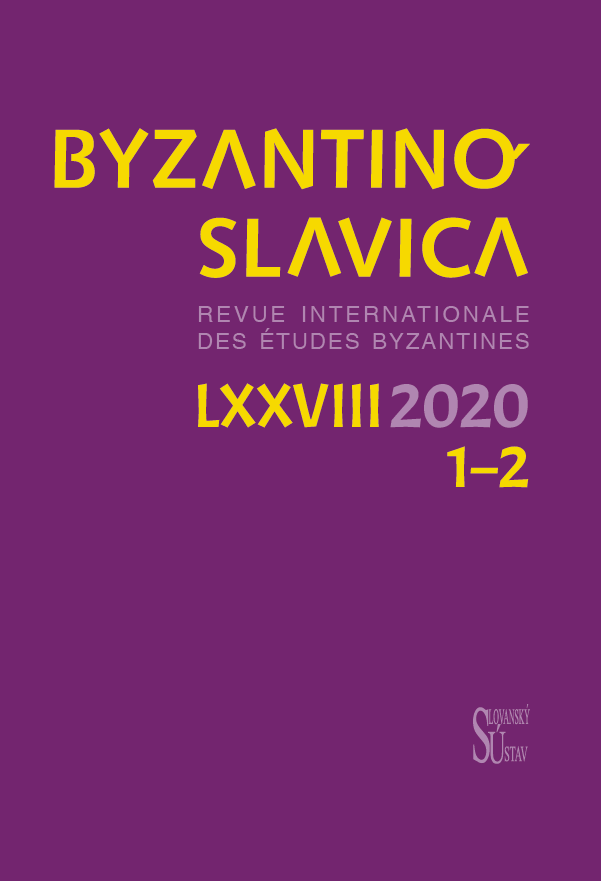Author(s): Charlotte Henderson,Soledad Salega,Ana Maria Silva / Language(s): English
Issue: 1/2018
Entheseal changes (ECs), that is the visible appearance at the attachment sites of tendons to bones, have been widely used to infer activity in bioarchaeology. The majority of recent research on ECs, testing methodological approaches and the impact of age and occupation, has focussed on male lives. The primary reason for this is the wider range of documentary evidence about male lives, particularly with regard to occupation. In Portuguese identified skeletal collections males have a broad range of occupations from the generic labourer, to the more specific locksmith. In contrast, apart from seamstresses and waitresses, most females are listed as domestic workers. Testing whether there is an impact of occupation on the occurrence of ECs in females is therefore much harder. Past research has shown that, overall, ECs become more common in more recent human history, which may be an indication that EC reflect lifestyle changes. The aim of this paper is to study differences in ECs frequency through time to study changes in lifestyle. To achieve this, Portuguese skeletons from three time periods were used: mediaeval (400-1499 ACE), early modern (1500-1600 ACE), and twentieth century. Entheses were recorded using the new Coimbra method. Within body asymmetries, bilateral and between entheses of muscles that interact, along with the frequencies of changes were compared through time. While differences in frequencies do exist through time, the effect sizes are generally small. Where bilateral asymmetries do exist, these are most common on the left than the right side: this is the opposite of most findings including those in the males in these collections. These results cannot identify specific activities, but these differences may reflect lifestyle changes.
More...







